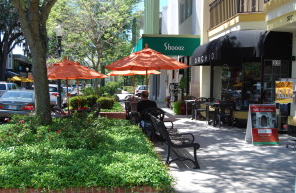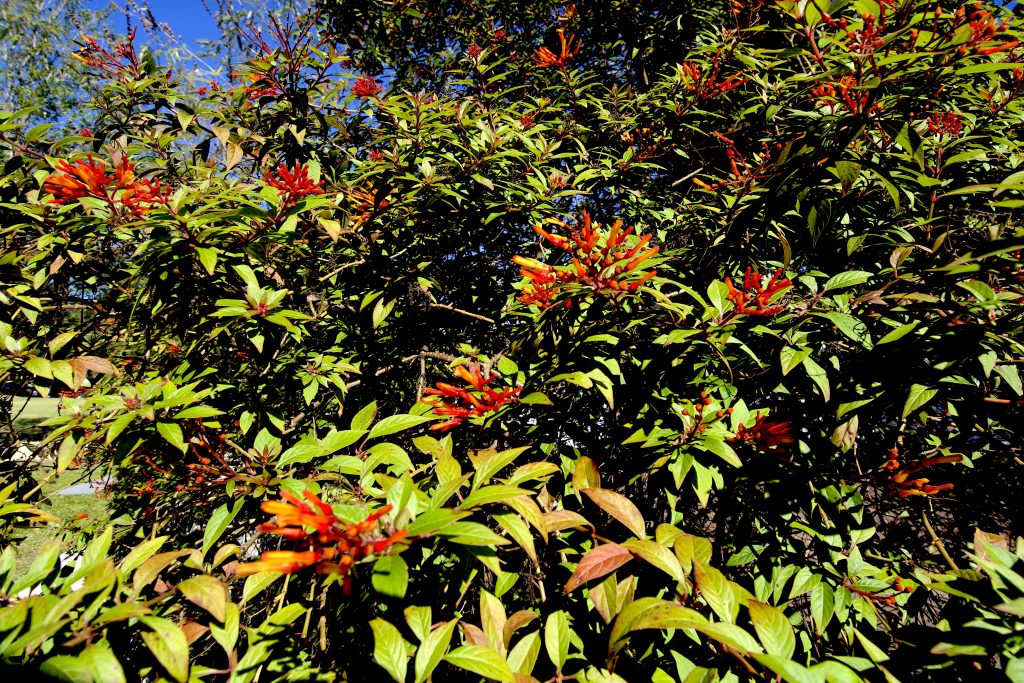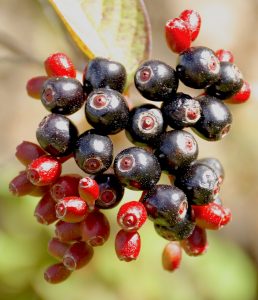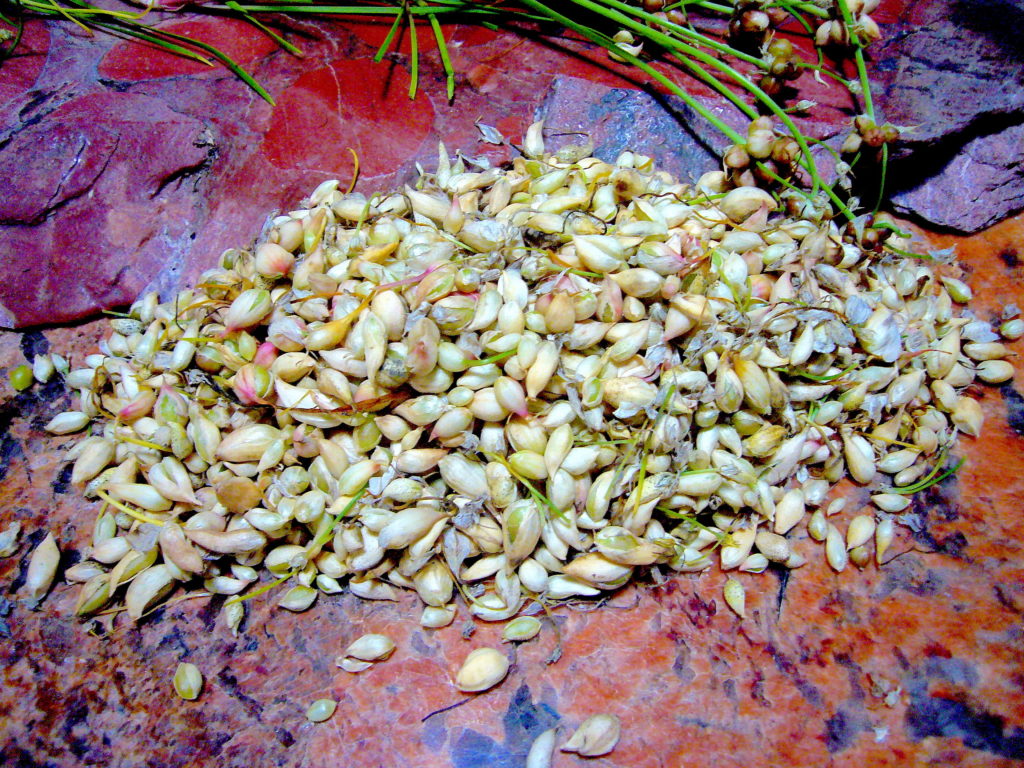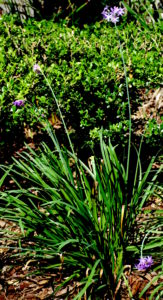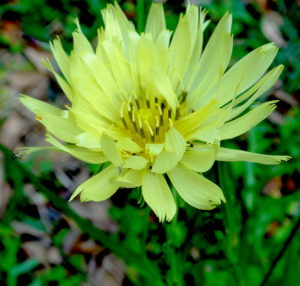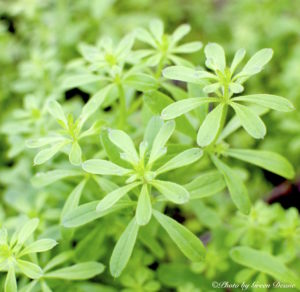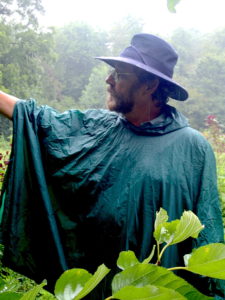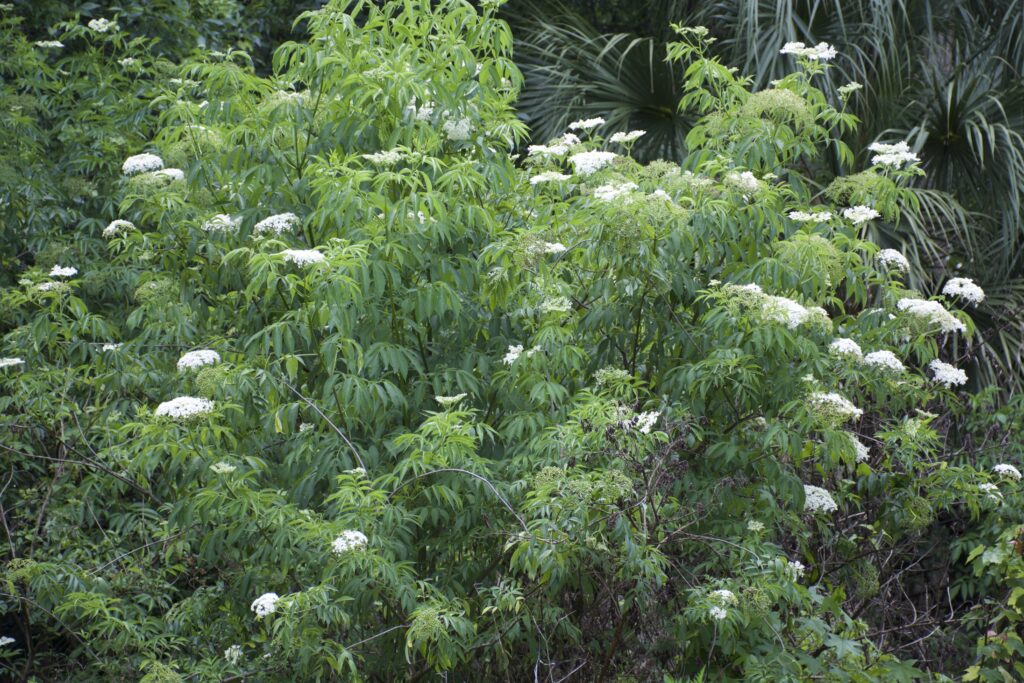
Blossoming elderberries are a common sight locally now. Photo by Green Deane.
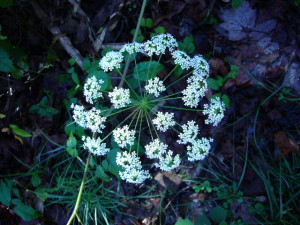
The deadly water hemlock flower is umbrella shaped and is composed of smaller umbrellas. Photo by Green Deane
Want to find elderberries later on? Look for the blossoms today. Locally elderberries can blossom and fruit any time of year, buy they favor the spring. In damp places, look for shrubs about 10 feet high with large white blossoms on top.Those clusters are comprised of hundreds of small five-petal flowers. Important: the cluster is called a flat-top. It is NOT umbrella shaped. The toxic water hemlock likes the same conditions as the elderberry. It’s blossoms are also five-petaled. However, the blossom is shaped like an umbrella and is comprised of smaller umbrellas. It is deadly and there is no antidote.
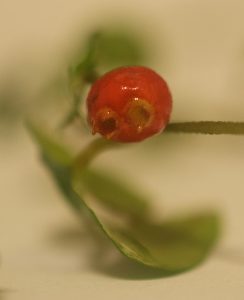
Partridgeberry has two dimples where twin blossoms were. Photo by Green Deane
It is the season for partridgeberries. While they can be found locally they are more a cooler climate species. I used to find them occasionally in Gainesville Fl at Boulware Springs before a hurricane wiped out their habitat. I also saw them often in western North Carolina in the area of Boone. Botanically Michella repens, the species has been used for food and as a diuretic and for the pain associated with menstrual cramps and child birth. M. repens is a vine that does not climb. It does make an excellent ground cover. The berry is favored by the ruffed grouse hence the name Partridgeberry.
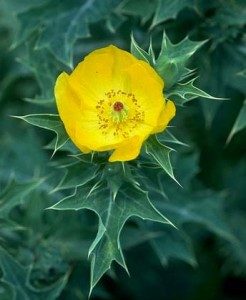
Mexican poppy likes dry ground such as railroad tracks. generally considered toxic. Photo by Green Deane.
No, it’s not edible. Depending on the weather I receive numerous emails wanting me to identify a yellow- or white-blossomed extremely prickly plant (right). It’s almost always Argemone mexicana, the Mexican Poppy. Some years they bloom as early as Christmas or can still be blossoming in May. The species is found in dry areas in much of eastern North America avoiding some north mid-west states and northern New England. Highly toxic, the Mexican Poppy tastes bad and is so well-armed that accidental poisonings amongst man or beast are few. It is a plant that does not want to be eaten. However people have tried to use its seeds for cooking oil resulting in severe edema (water retention.) Herbalists, however, use the plant extensively (which brings up the importance of knowing what you’re doing.) Toxicity reportedly occurs only when large quantities are ingested and the plant might have primitive uses in treating malaria. In one study it helped three quarters of the patients but did not completely get rid of the parasitic load. The most common places to see the very prickly plant is beside roads and railroad tracks.
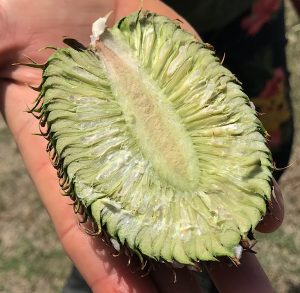
Undeveloped seeds in the Norfolk Pine cone. Photo by Green Deane
The Bunya Bunya and Norfolk Pine are closely related. Neither look good in landscaping though the Norfolk Pine is far more common than the Bunya Buyna locally. They both awkwardly stand out. Unlike cones of the Bunya Bunya, which one finds regularly, Norfolk pine cones are more rare. And like their relative they, too, have edible seeds. During a class in Port Charlotte we saw an immature Norfolk Pine cone. The undeveloped seeds were intensely pine flavored. The Bunya Bunya fruits about every three years. One sees Norfolk Pines regularly but not their cones. Hopefully this tree will drop some dryer more mature edible cones in August which is also about when the champagne mangos in the area ripen (and rot on the ground.)

Foraging classes are held rain or shine, heat or cold. Photo by Nermina Krenata
FORAGING CLASSES: The rainy weather is supposed to hold off until after foraging classes this weekend.
Saturday, April 20th, Blanchard Park, 2451 Dean Rd, Union Park, FL 32817, meet beside the tennis courts, 9 a.m. to noon.
Sunday, April 21st, Wickham Park: 2500 Parkway Drive, Melbourne, FL, meet at the dog park. 9 a.m. to noon.
Saturday, April 27th, Mead Garden: 1500 S. Denning Dr., Winter Park, FL 32789. Meet at the bathrooms. 9 a.m. to noon.
Sunday, April 28th, Colby-Alderman Park: 1099 Massachusetts Street, Cassadaga. Fla. 32706. meet at the bathrooms, 9 a.m. to noon.
Saturday, May 4th, Eagle Park Lake, 1800 Keene Road, Largo, FL 33771. Meet at the pavilion near the dog park. 9 to noon.
Sunday, May 5th, Boulware Springs Park, 3420 SE 15th St., Gainesville, FL 32641. Meet at the picnic tables next to the pump house. 9 a.m. to noon.
For more information on these classes, to prepay or sign up go here.

Green Deane Forum
Tired of Facebook and want to identify a plant? The Green Dean Forum is up and running again. Have you come to dislike Facebook, then join us on the forum. Perhaps you’re looking for a foraging reference? You might have a UFO, an Unidentified Flowering Object, you want identified. On the Green Deane Forum we — including Green Deane and others from around the world — chat about foraging all year. And it’s not just about warm-weather plants or just North American flora. Many nations share common weeds so there’s a lot to talk. There’s also more than weeds. The reference section has information for foraging around the world. There are also articles on food preservation, and forgotten skills from making bows to fermenting food.

You get the USB, not the key.
172-video USB would be a good end of spring present and is now $99. My nine-DVD set of 135 videos has been phased out. The USB videos are the same videos I have on You Tube. Some people like to have their own copy. Most of the 172 USB videos have to be copied to your computer to play. If you want to order the USB go to the DVD/USB order button on the top right of this page. That will take you to an order form.
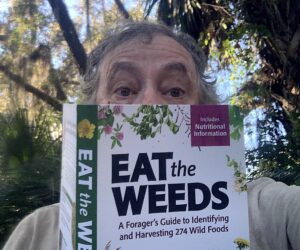
Finally, a physical copy of the book.
Now in its second printing is EatTheWeeds, the book. It has 275 plants, 367 pages, index, nutrition charts and color photos. It’s available in many locations including Amazon. Most of the entries include a nutritional profile. It can also be ordered through AdventureKeen Publishing.
This is weekly newsletter #596. If you want to subscribe to this free newsletter you can find the sign-up form in the menu at the top of the page.
To donate to the Green Deane Newsletter click here.

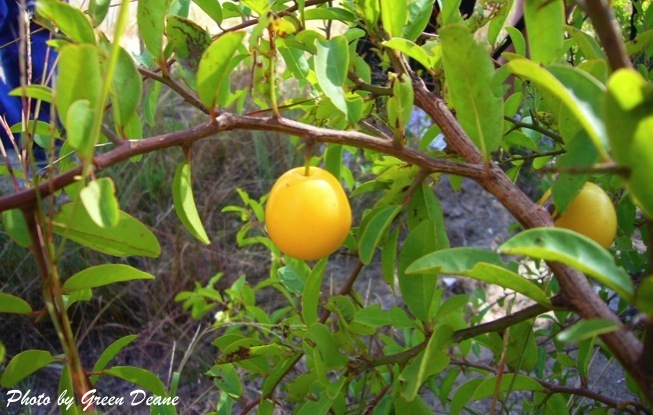
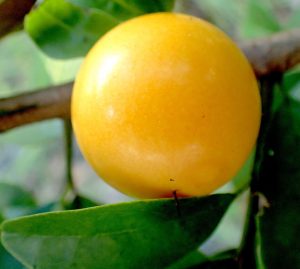

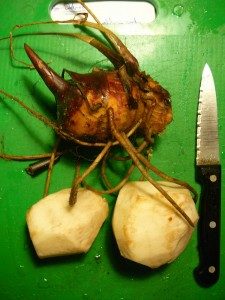
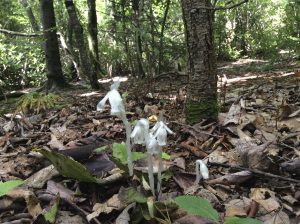
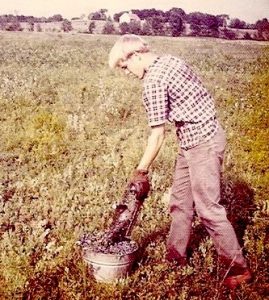
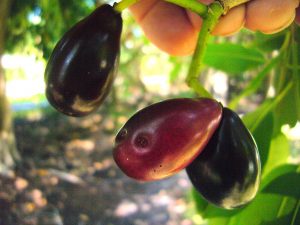

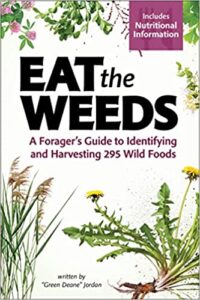 Now being printed is EatTheWeeds, the book. It should have 275 plants, 350-plus pages, index and color photos. Several hundred have been preordered on
Now being printed is EatTheWeeds, the book. It should have 275 plants, 350-plus pages, index and color photos. Several hundred have been preordered on 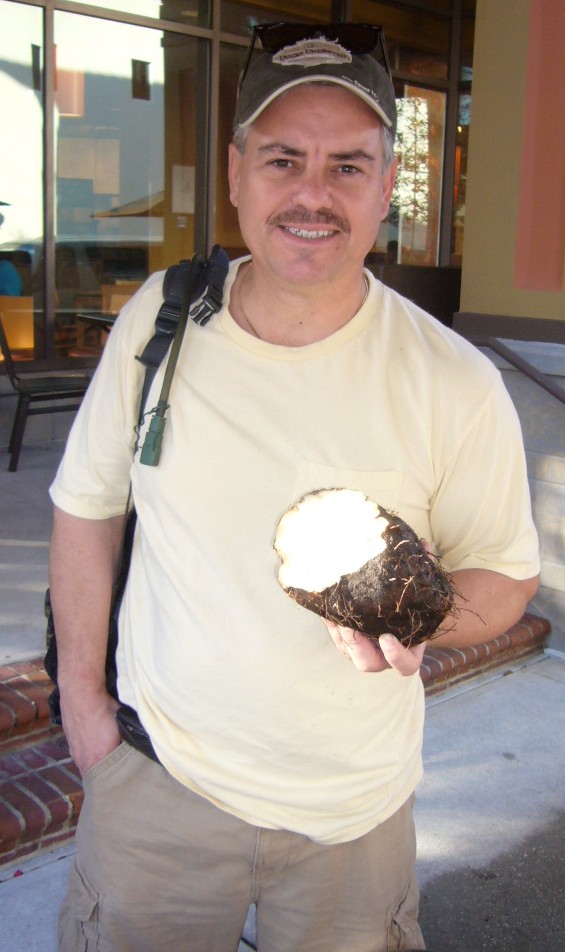
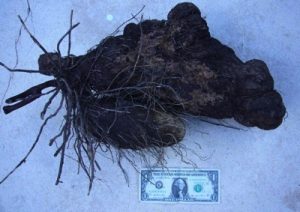


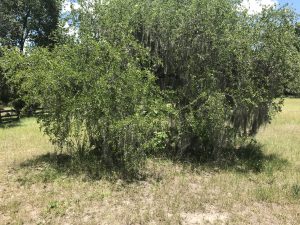

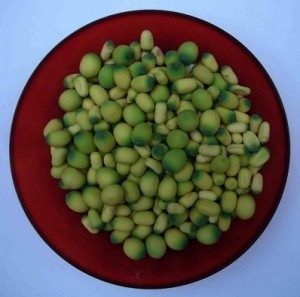
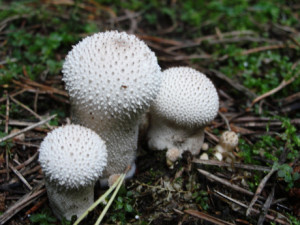
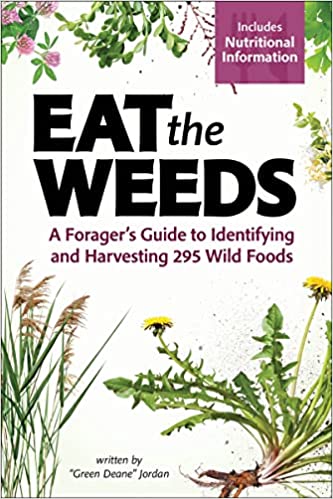

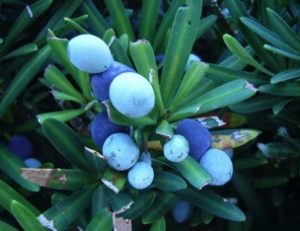
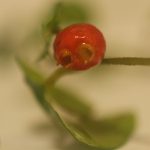
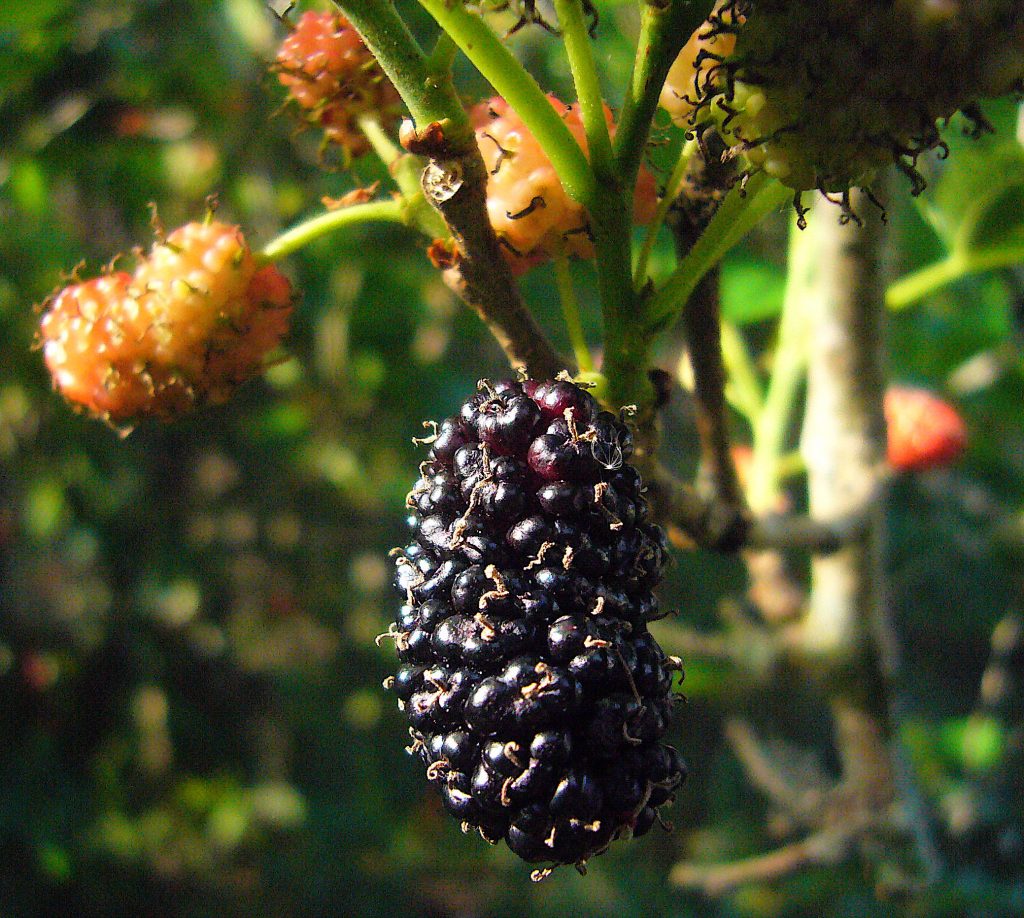
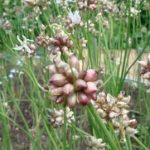
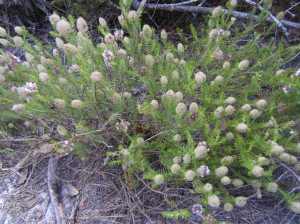
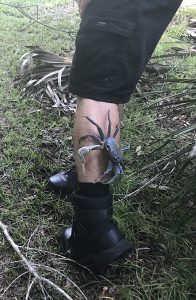
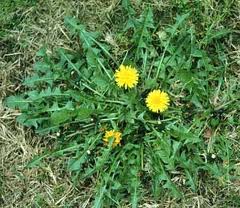
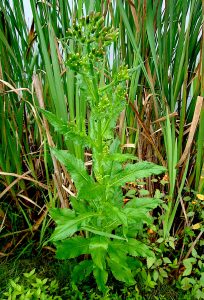
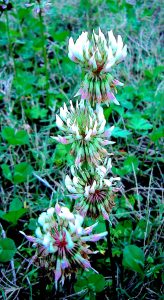
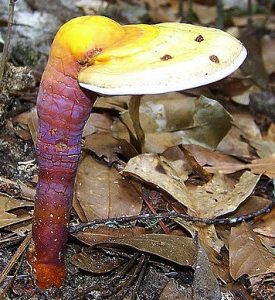
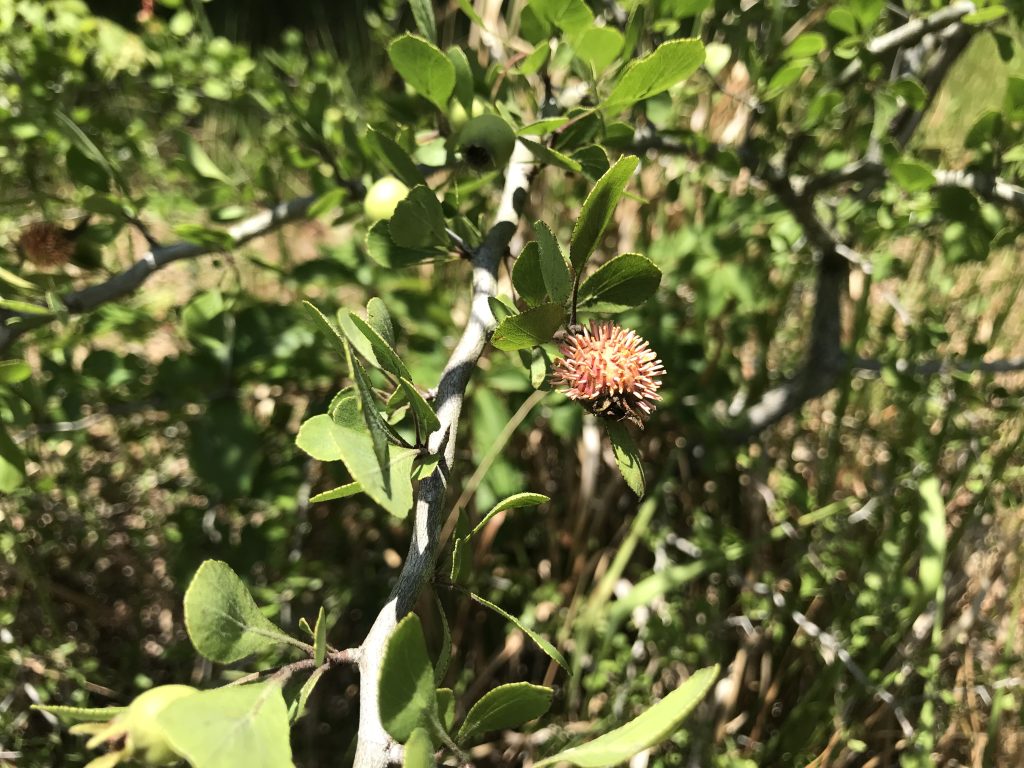
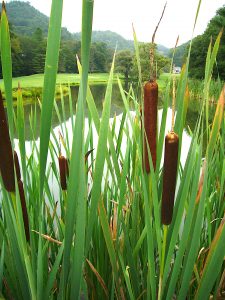
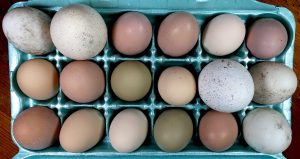
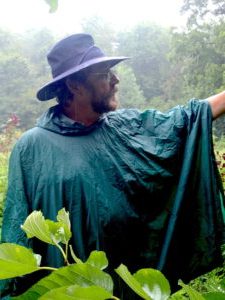
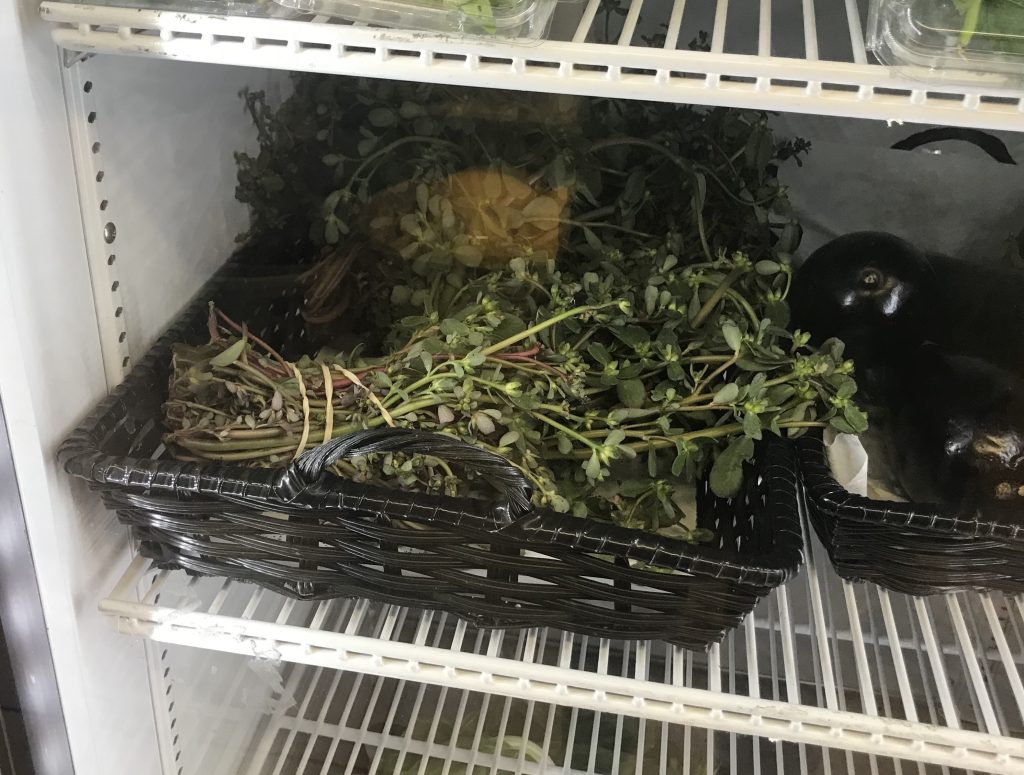
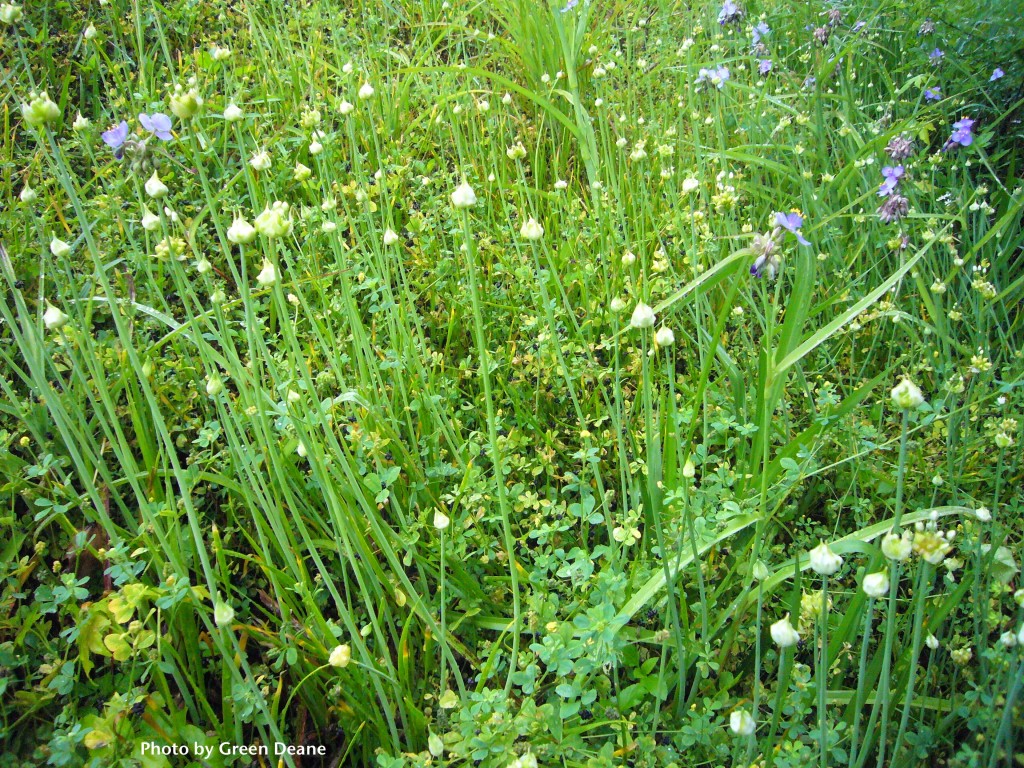
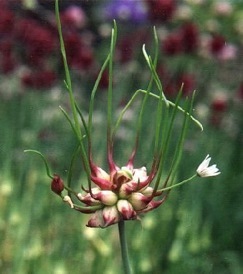
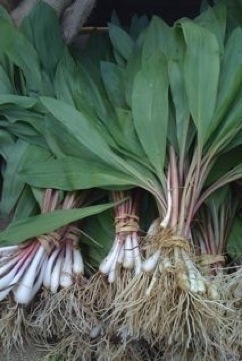
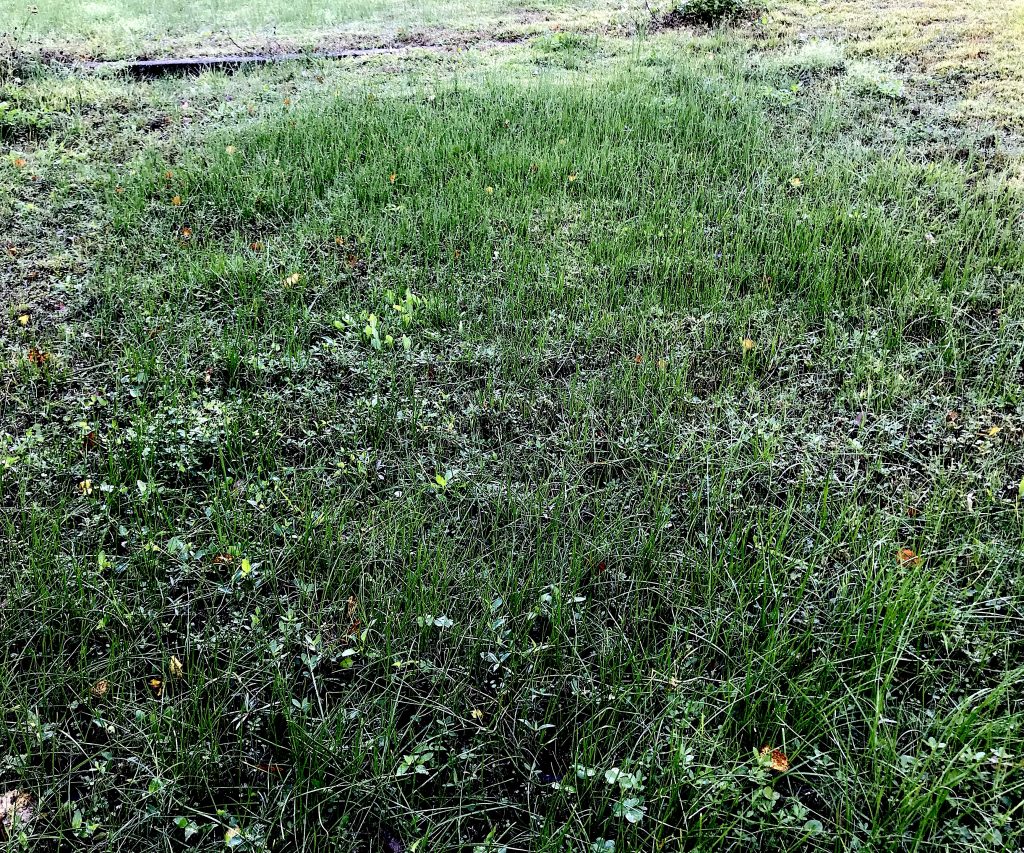
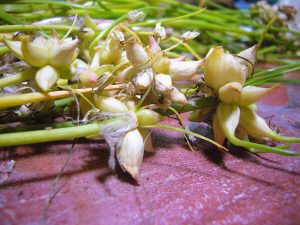
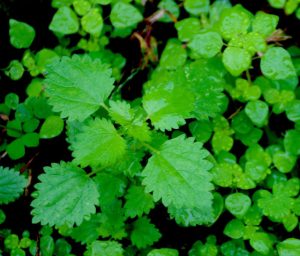
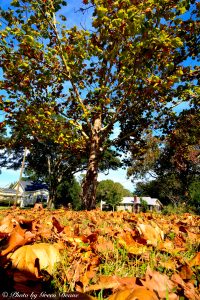


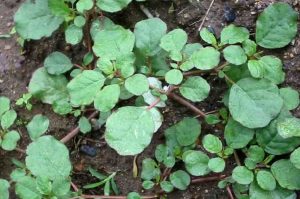
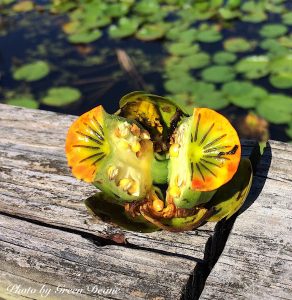
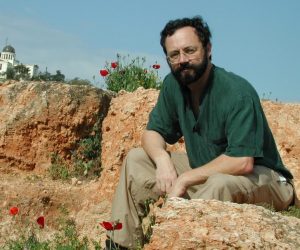
 Donations to upgrade EatTheWeeds.com have gone well. Thank you to all who have contributed to either via the Go Fund Me link, the PayPal donation link or by writing to Green Deane POB 941793 Maitland FL, 32794. There are many needs left such as expanding the foraging teacher page, the page on monotypic edibles and the Plant Archive page. There’s always something and such things get more complex and expensive every year.
Donations to upgrade EatTheWeeds.com have gone well. Thank you to all who have contributed to either via the Go Fund Me link, the PayPal donation link or by writing to Green Deane POB 941793 Maitland FL, 32794. There are many needs left such as expanding the foraging teacher page, the page on monotypic edibles and the Plant Archive page. There’s always something and such things get more complex and expensive every year.